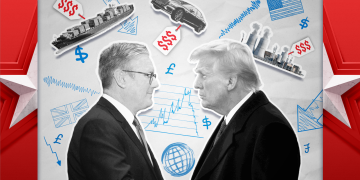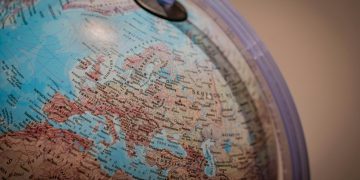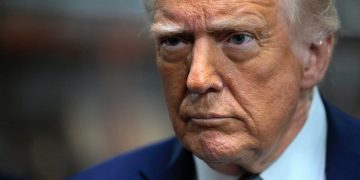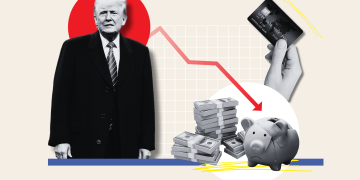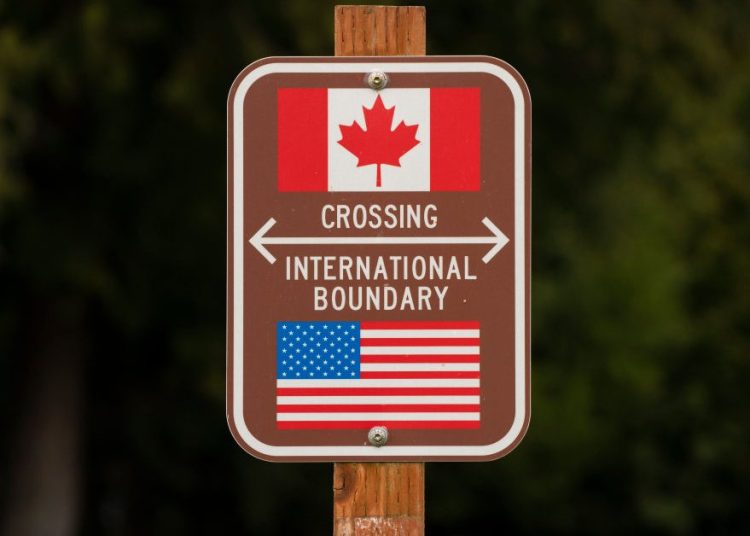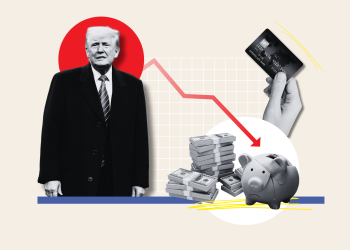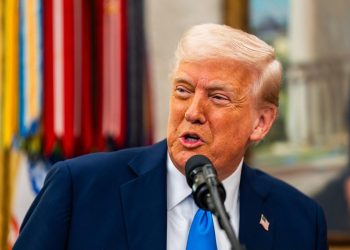On Jan. 2, 1988, U.S. President Ronald Reagan and Canadian Prime Minister Brian Mulroney signed a revolutionary free trade deal that removed tariffs on goods and services across the world’s longest border.
The treaty was not controversial in the U.S., but many Canadians feared it would eventually lead to a loss of political independence. During the election later that year, Mulroney had to fend off accusations that he sold Canada out.
“We built a country east and west and north,” said Liberal leader John Turner during the key TV debate. “We built it on an infrastructure that deliberately resisted the continental pressure of the United States. For 120 years we’ve done it. With one signature of a pen, you’ve reversed that, thrown us into the north-south influence of the United States and will reduce us … to a colony of the United States, because when the economic levers go, political independence is sure to follow.”
Mulroney handily won the election, and the free trade deal survived. But 36 years later, as President Donald Trump repeatedly threatens to make Canada the 51st state, it is starting to look like Turner had a point.
Trump’s threats have galvanized Canadians. Polls show they are overwhelmingly opposed to joining the U.S., and they are suddenly open to taking previously unpopular steps to strengthen their country’s independence. Yet Canada is in an incredibly difficult negotiating position because of just how reliant it has become on American…

